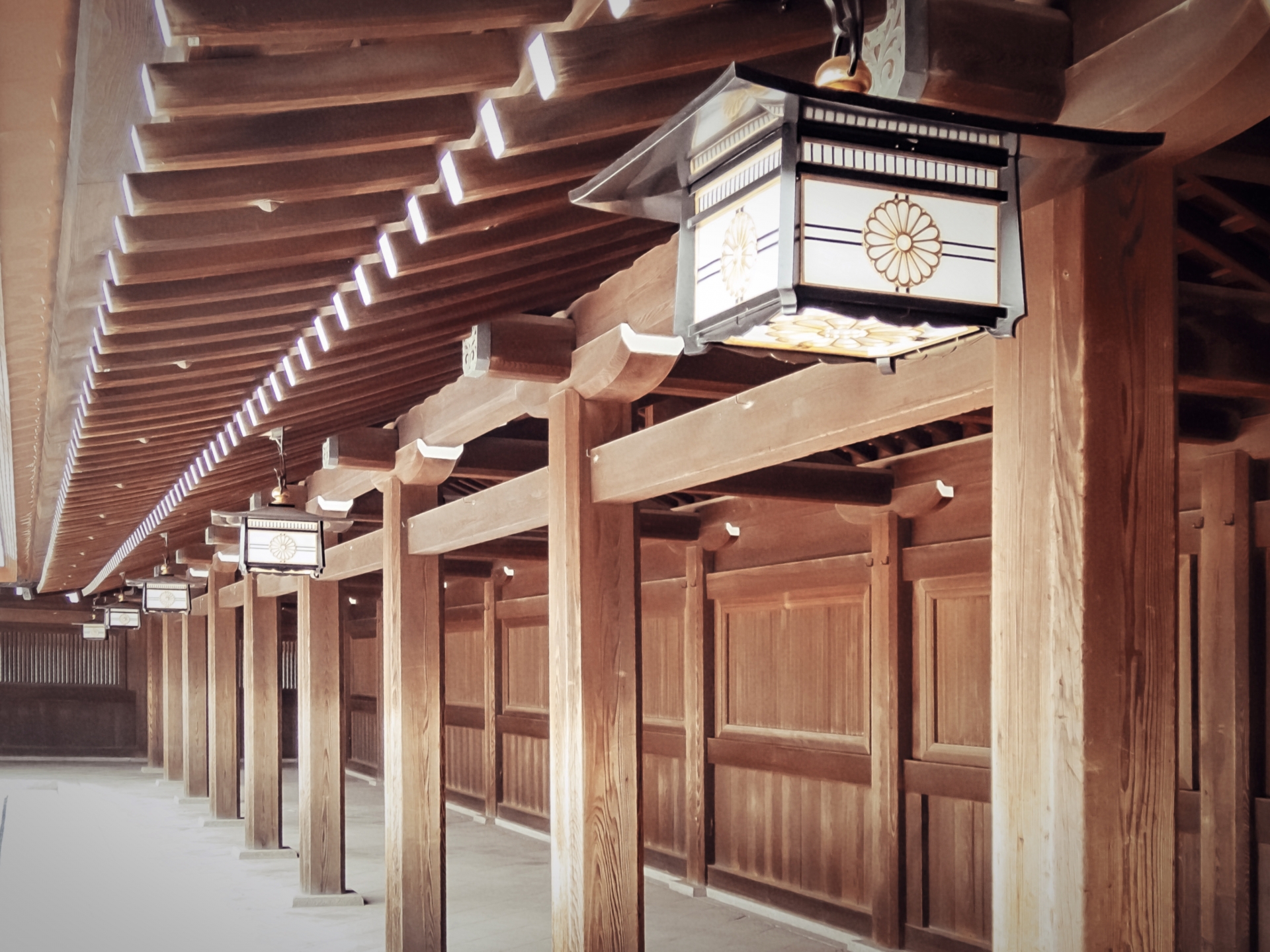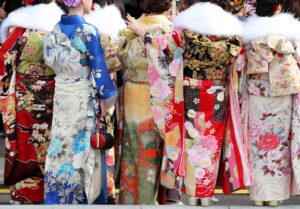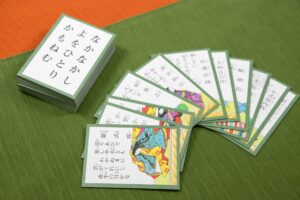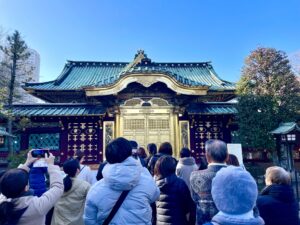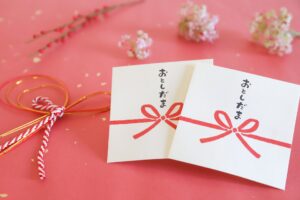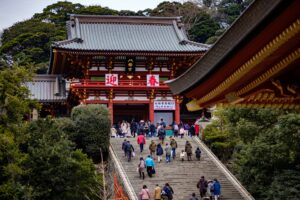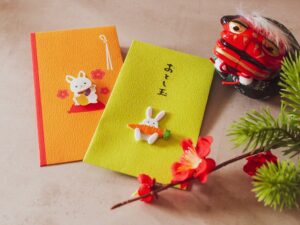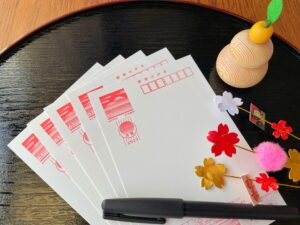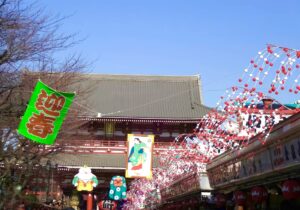Culture Day, or Bunka no Hi, is one of Japan’s most culturally rich national holidays. Celebrated annually on November 3rd, it honors the promotion of Japanese culture, arts, and academic achievement. But few realize its deep historical roots trace back to Emperor Meiji. This article uncovers the origins of Culture Day, its significance, and how it’s observed across Japan today—from official ceremonies to regional festivities.
Origins of Culture Day in Japan
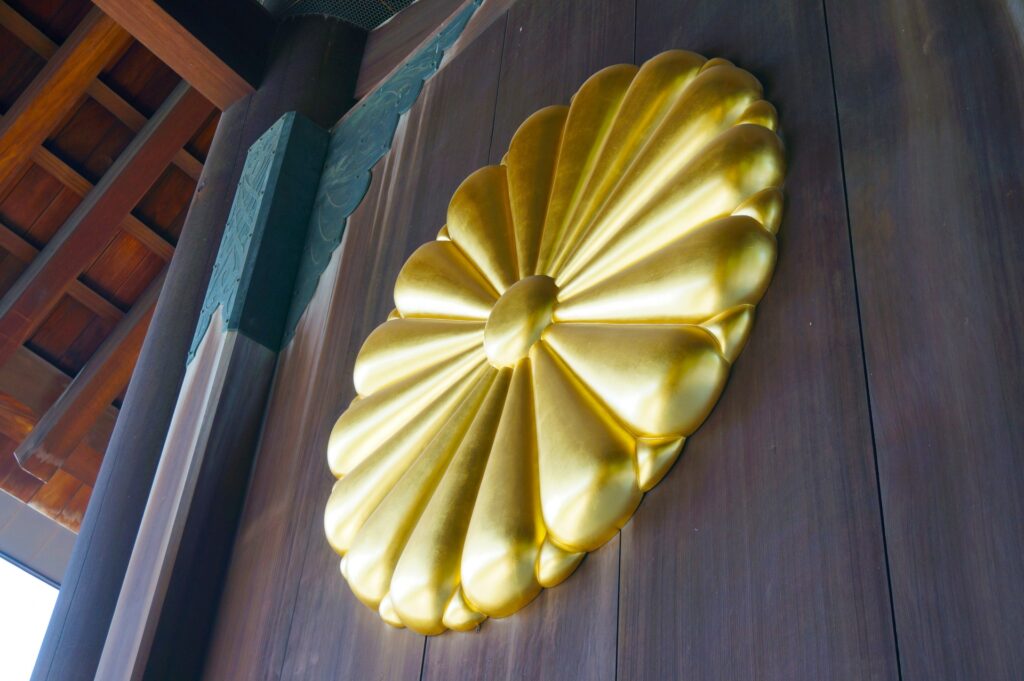
Culture Day, known in Japanese as “Bunka no Hi” (文化の日), is a national holiday celebrated every year on November 3rd. While modern-day observances emphasize the promotion of arts, education, and culture, the origin of this holiday is deeply rooted in Japanese imperial history and the post-World War II restructuring of Japanese society.
The roots of Culture Day trace back to 1927 when November 3rd was designated as “Meiji Setsu,” a holiday commemorating the birthday of Emperor Meiji, who reigned from 1867 to 1912 and played a pivotal role in modernizing Japan. The holiday served as a way to honor the emperor’s legacy and his contributions to shaping a modern, industrialized Japan.
However, after Japan’s defeat in World War II, the Allied Occupation introduced sweeping reforms aimed at demilitarization and democratization. In 1948, Meiji Setsu was replaced by Bunka no Hi under the new post-war constitution. The holiday’s focus shifted away from imperial reverence toward celebrating the ideals of peace, culture, and academic freedom—values embedded in Japan’s new democratic framework.
Thus, Culture Day as we know it today was officially established in 1948 and serves as a symbolic bridge between Japan’s imperial past and its modern identity as a peaceful, culturally rich nation.
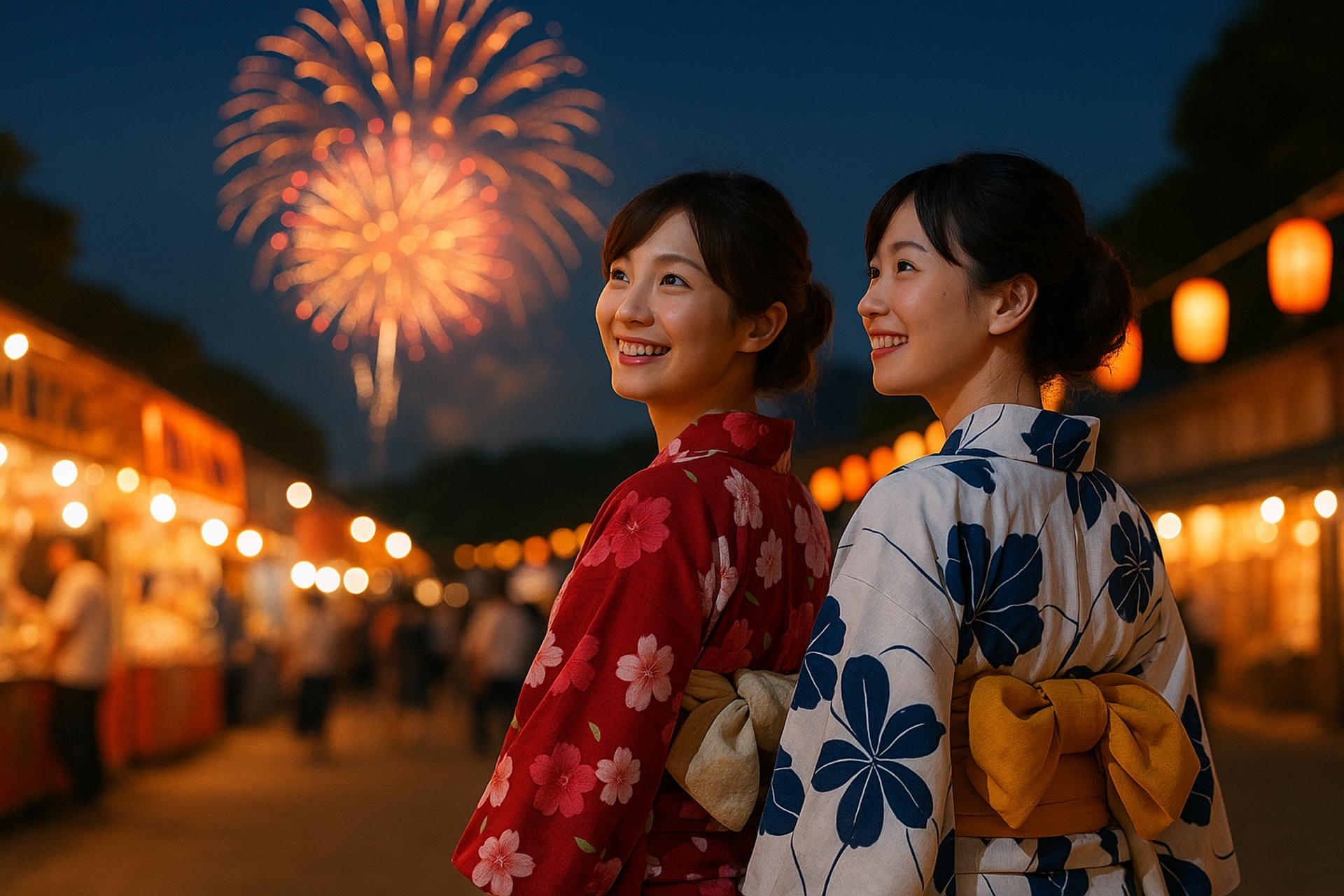
Why November 3rd? The Connection to Emperor Meiji
November 3rd holds particular historical weight in Japan due to its association with Emperor Meiji, a transformative figure in Japanese history. As the ruler who oversaw Japan’s emergence from feudal isolation into a centralized, industrialized nation-state, Emperor Meiji is often credited with laying the foundations of modern Japan.
Originally, this date was celebrated as Meiji Setsu, a national holiday that honored the emperor’s contributions. Schools and public institutions would hold ceremonies, and citizens participated in formal events reflecting reverence for the monarchy.
However, following World War II and Japan’s adoption of a pacifist constitution, the government sought to reframe national holidays to reflect democratic ideals. Instead of abolishing the holiday altogether, the government redefined it. November 3rd was repurposed into Culture Day, a celebration of peace, creativity, and intellectual pursuit—values aligned with Emperor Meiji’s vision but without overt imperial symbolism.
This subtle transformation allowed the date to retain cultural significance while aligning with the post-war ethos of peace and progress.
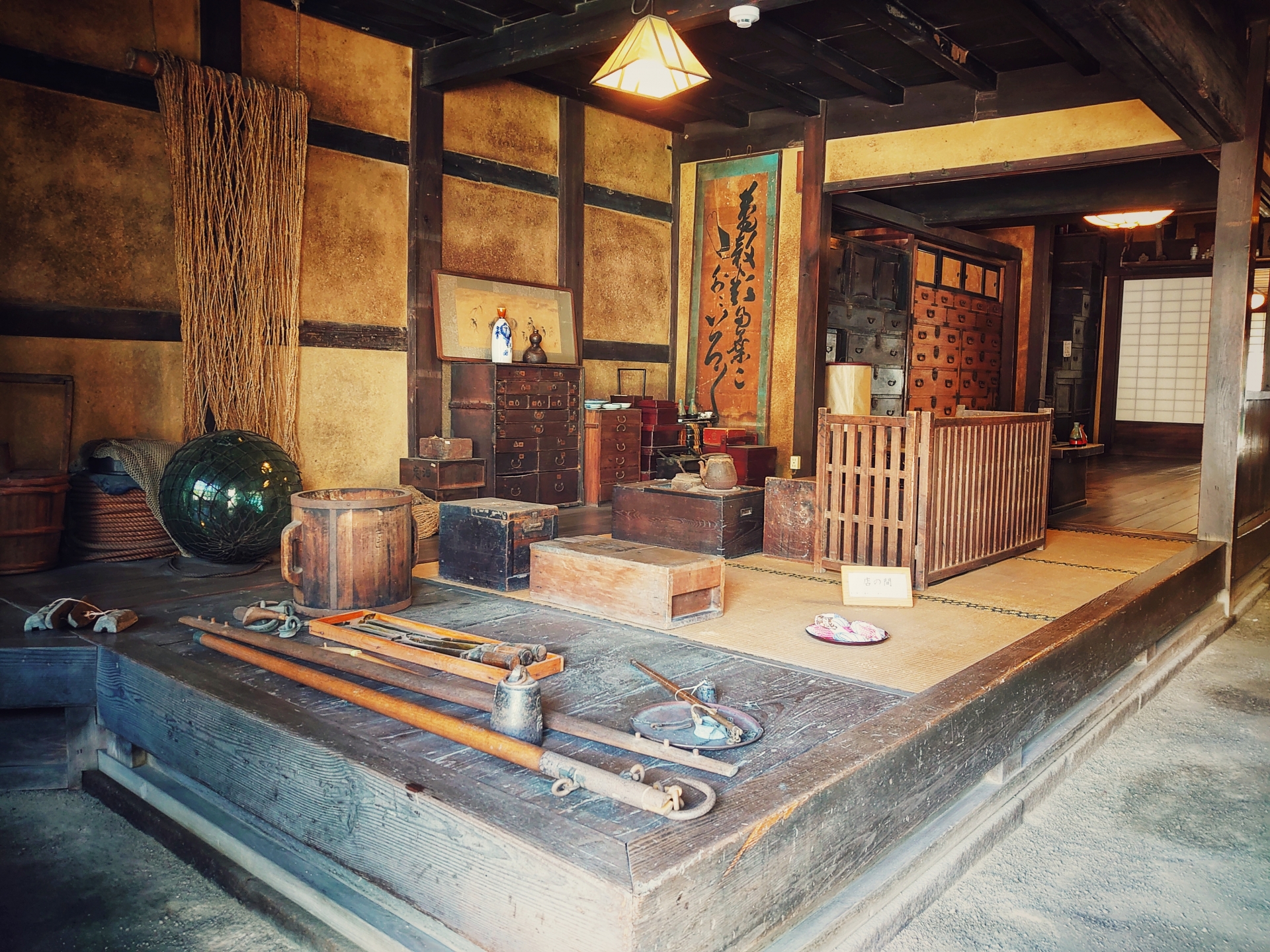
How Culture Day is Celebrated in Japan Today
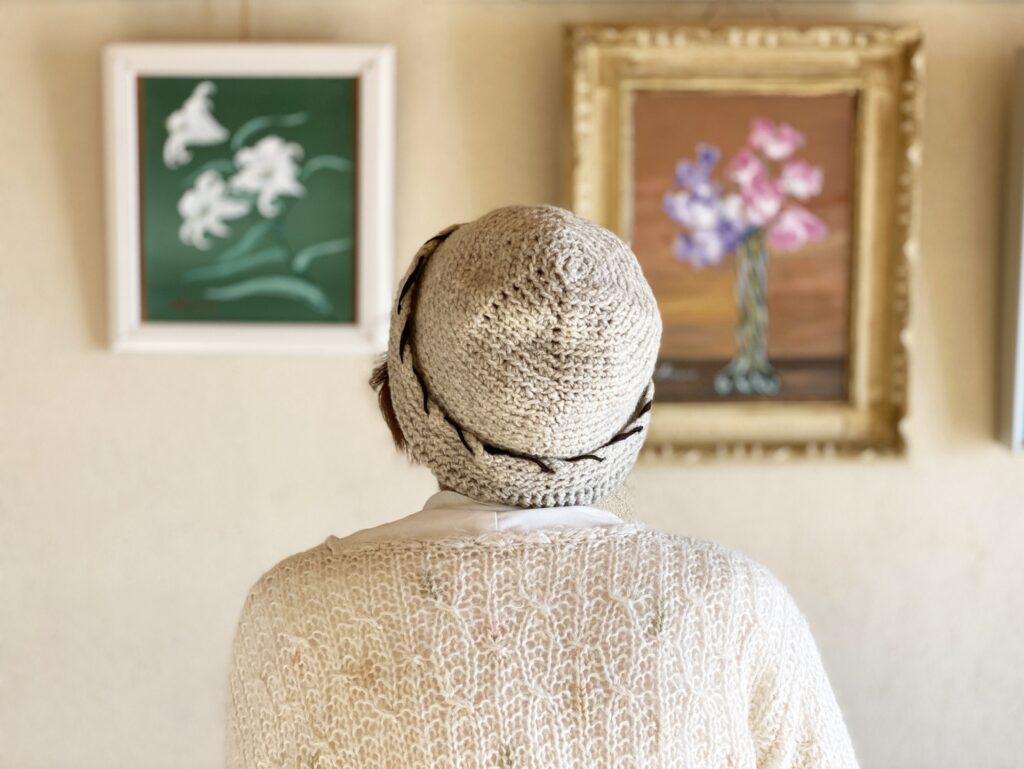
Culture Day is marked by a wide array of events throughout Japan, ranging from official ceremonies to community-based activities. One of the most prestigious national events is the “Order of Culture” award ceremony, held at the Imperial Palace in Tokyo. Each year, the Emperor of Japan presents this honor to individuals who have made significant contributions to Japan’s cultural, academic, or artistic heritage. Past recipients have included Nobel laureates, celebrated artists, and prominent scientists.
In local communities, schools, museums, and cultural centers often organize art exhibitions, traditional performances, and public lectures. Many schools host culture festivals where students showcase art, music, calligraphy, and theatrical performances. These festivals encourage creativity and foster appreciation for Japanese traditions among younger generations.
Public venues such as museums and galleries frequently offer free admission on Culture Day, promoting accessibility to cultural experiences. From urban centers like Tokyo and Osaka to rural towns and villages, the spirit of Culture Day is embraced with both reverence and festivity.
Unique Regional Celebrations and Traditions
While Culture Day has a national focus, many regions in Japan offer their own unique take on the holiday. In Kyoto, for example, traditional tea ceremonies are held in historic temples, inviting both locals and tourists to experience the refined art of Japanese hospitality. In Okinawa, cultural showcases often include Ryukyuan music and dance, reflecting the island’s distinct heritage.
The city of Kanazawa, known for its rich arts and crafts traditions, hosts special exhibitions of local lacquerware and gold leaf art. Meanwhile, in Hokkaido, Ainu cultural events may be held to celebrate indigenous traditions, offering educational activities and performances.
Children and families are often the focus of many community-centered Culture Day events. Local governments and schools may organize storytelling sessions, craft workshops, or martial arts demonstrations specifically designed for younger audiences. Literature competitions and poetry readings are also popular, encouraging people of all ages to engage with Japan’s literary heritage.
These regional variations highlight Japan’s diverse cultural landscape and demonstrate how Culture Day serves as a platform for both preserving and celebrating local identities.
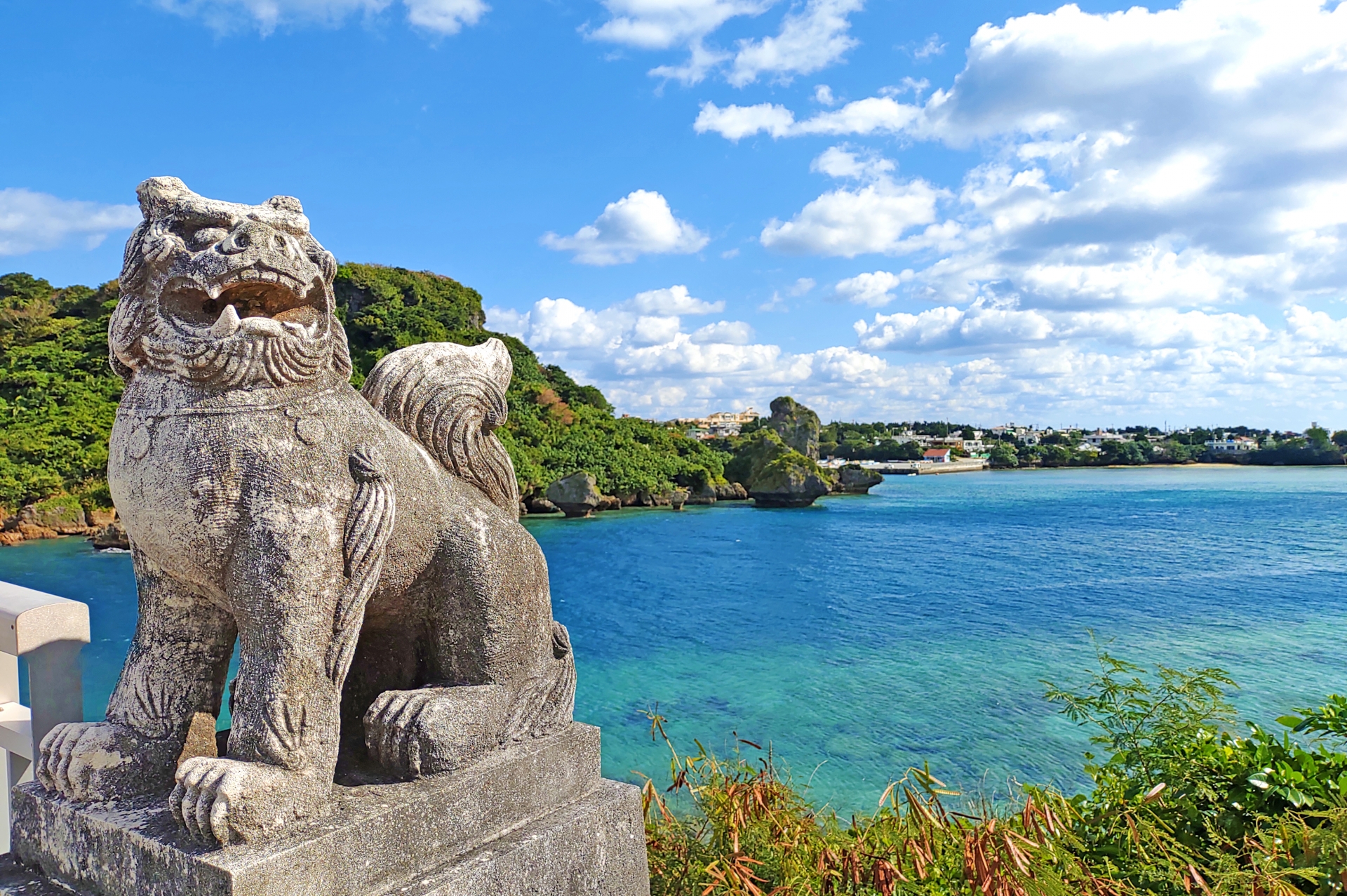
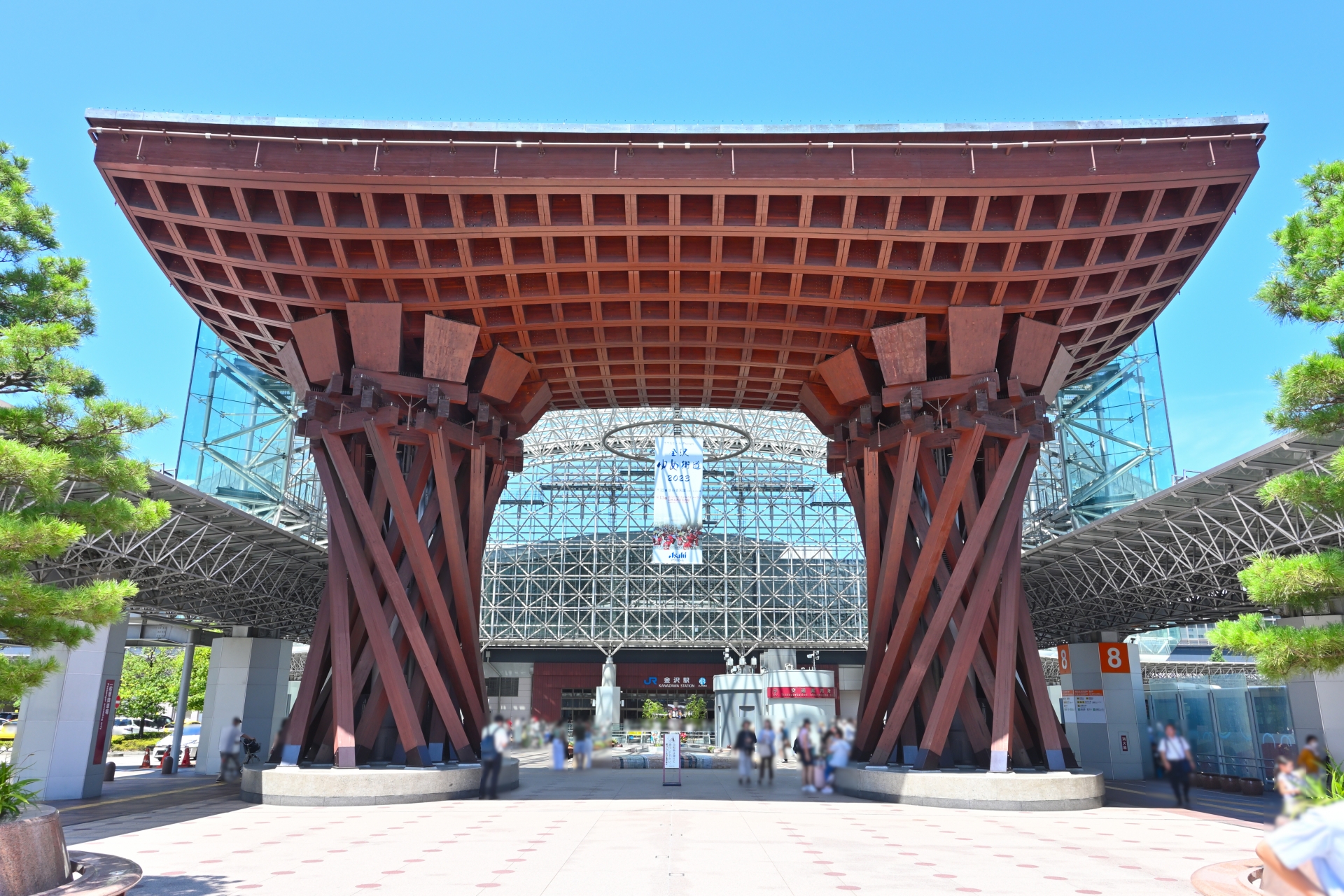
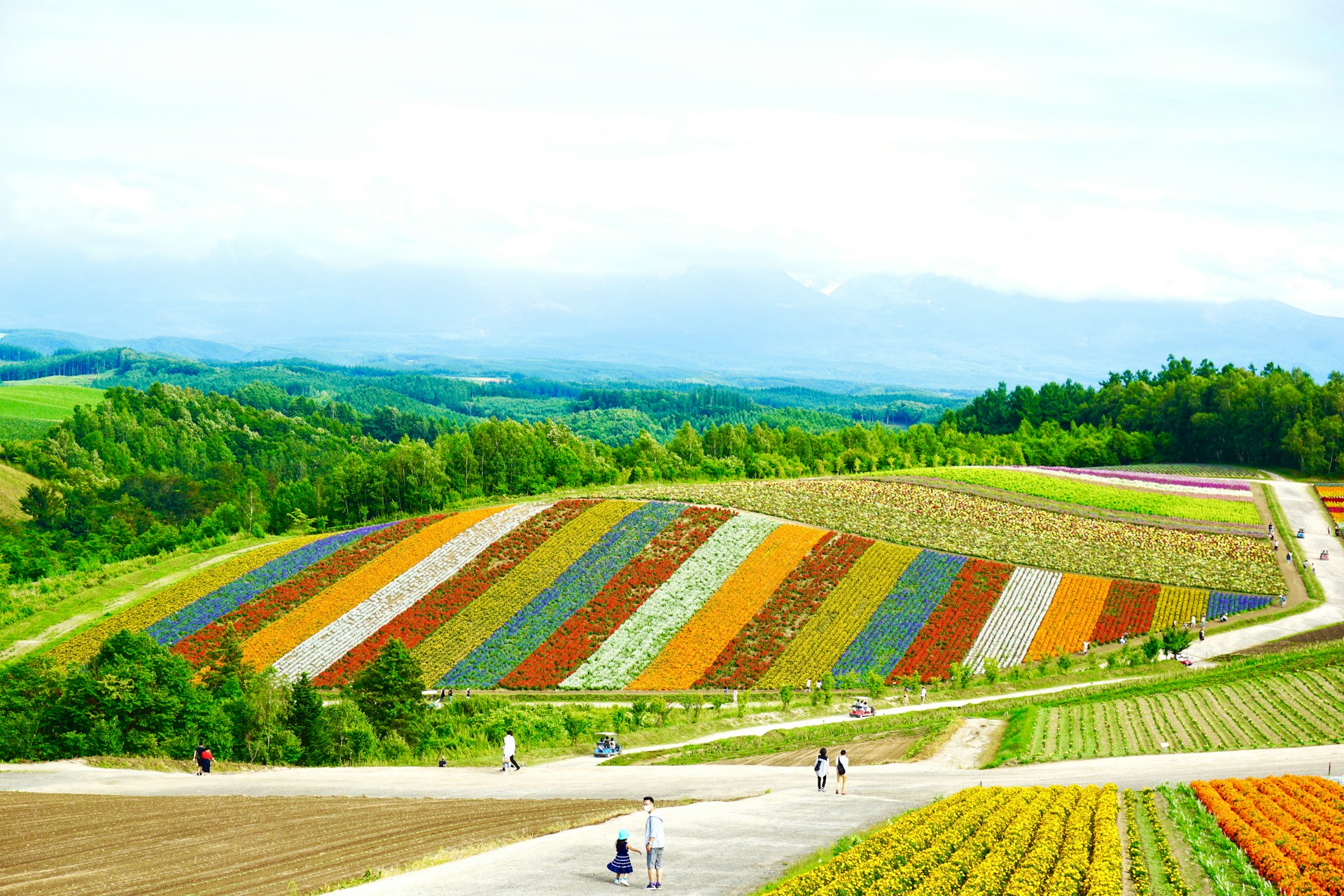
Culture Day in the Japanese Education System
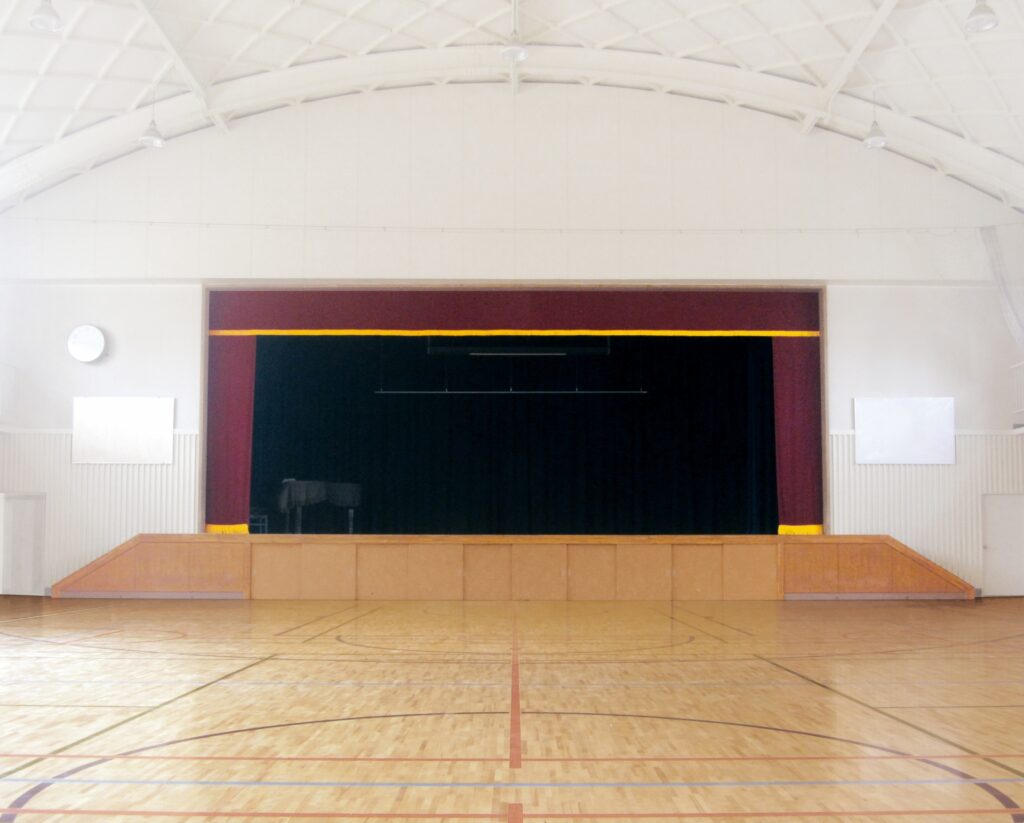
Culture Day plays a significant role in Japan’s educational landscape. Schools across the country utilize this opportunity to foster creativity, cultural appreciation, and academic engagement. In the weeks leading up to November 3rd, schools prepare for cultural festivals where students present a range of creative projects including calligraphy displays, historical dioramas, musical performances, and theatrical plays.
These school festivals, often called “bunkasai,” are widely attended by parents and local community members. They serve as an interactive learning experience, promoting not only artistic expression but also collaboration and public speaking skills among students.
Many educational institutions also use Culture Day to hold ceremonies honoring academic achievements. Some schools collaborate with local artists or invite guest speakers to provide workshops in arts, science, and literature.
While quantitative data is limited, anecdotal evidence and Ministry of Education reports suggest that Culture Day enriches students’ understanding of traditional and modern Japanese culture, making it a valuable educational tool beyond the typical curriculum.
How Culture Day Differs from Other National Holidays
Japan has several national holidays, each with its own distinct theme and cultural significance. Culture Day stands out due to its non-political and celebratory nature. It emphasizes peace, art, and education rather than historical or nationalistic narratives.
| Holiday Name | Date | Focus | Cultural Relevance |
| Culture Day | Nov 3 | Culture, Arts, Education | High |
| National Foundation Day | Feb 11 | Founding of the Nation | Moderate (political) |
| Labor Thanksgiving Day | Nov 23 | Labor, Human Rights | Moderate |
While National Foundation Day can invoke nationalistic sentiments and Labor Thanksgiving Day focuses on workers’ rights, Culture Day offers a peaceful space to appreciate intellectual and artistic pursuits. This makes it a particularly inclusive and accessible holiday for people of all backgrounds.
The Evolving Meaning of Culture Day in Modern Japan
Since its inception in 1948, Culture Day has evolved alongside Japanese society. In the early post-war years, it was a symbolic representation of Japan’s shift from imperialism to democracy. Over time, it has become more participatory, reflecting the growing importance of cultural exchange and public involvement.
In today’s digital age, younger generations are increasingly engaging with Culture Day through social media, online art competitions, and digital exhibitions. Local governments and educational institutions have also adapted by incorporating modern technology into cultural celebrations, such as virtual museum tours and interactive livestream events.
Public sentiment around Culture Day remains largely positive, with many Japanese citizens viewing it as a valuable opportunity to reconnect with their cultural roots and to celebrate the creative achievements of their society. Surveys suggest that even among younger generations, the holiday is appreciated as a break from daily routines that encourages reflection on identity and tradition.
FAQs about Culture Day in Japan
Why does Japan celebrate Culture Day?
Japan celebrates Culture Day to promote the arts, academic achievement, and cultural appreciation. It reflects the post-war emphasis on peace and intellectual freedom.
What is the significance of November 3rd?
November 3rd was the birthday of Emperor Meiji. The date was originally a holiday to honor him (Meiji Setsu), which later evolved into Culture Day in 1948.
How is Culture Day celebrated?
Culture Day is celebrated with art exhibitions, school festivals, parades, and the prestigious Order of Culture award ceremony held at the Imperial Palace.
Who is Emperor Meiji and what was his influence?
Emperor Meiji was Japan’s 122nd emperor, ruling from 1867 to 1912. He led the country through a period of rapid modernization and helped transform Japan into a major world power.
Final Thoughts: Why Understanding Culture Day Matters
Understanding Culture Day offers valuable insight into Japan’s journey from imperial tradition to modern cultural appreciation. It showcases how national holidays can evolve to reflect the values of a changing society while still honoring historical roots.
For travelers, educators, and residents alike, participating in Culture Day events is a unique way to engage with Japanese society beyond the surface. Whether you attend a local art festival, observe a school performance, or visit a museum, Culture Day provides an enriching experience that bridges past and present.
We encourage readers to seek out local Culture Day events, learn more about Japan’s vibrant traditions, and share their experiences. In doing so, you contribute to the ongoing dialogue between cultures and generations that Culture Day so beautifully celebrates.

